Mastering the Art of Making Daikon Radish and Vegetable Dumplings: A Step-by-Step Guide to Perfecting This Traditional Chinese Delicacy*
Daikon radish, also known as white radish or mooli, is a staple ingredient in Asian cuisine, prized for its crisp texture, mild sweetness, and impressive nutritional profile. When combined with fresh vegetables and aromatic seasonings, it transforms into a flavorful filling for dumplings—a beloved dish across China and beyond. This article will guide you through the process of crafting daikon radish and vegetable dumplings* (萝卜素饺子), a vegetarian-friendly variation of the classic Chinese dumpling. Whether you’re a seasoned cook or a novice in the kitchen, this detailed recipe will help you achieve dumpling perfection, from the dough to the dipping sauce.
The Cultural Significance of Dumplings
Dumplings, or jiaozi in Chinese, hold deep cultural and symbolic meaning. Traditionally served during festivals like the Lunar New Year, they represent wealth and prosperity due to their resemblance to ancient Chinese gold or silver ingots. While meat-filled dumplings are common, vegetarian versions like daikon radish dumplings offer a lighter, equally delicious alternative. They cater to vegan and vegetarian diets while showcasing the versatility of humble ingredients.
Why Choose Daikon Radish?
Daikon radish is a root vegetable packed with vitamins C and B6, fiber, and antioxidants. Its high water content ensures a juicy filling, while its subtle flavor acts as a canvas for other ingredients. When combined with carrots, mushrooms, and tofu, it creates a harmonious blend of textures and tastes. Additionally, daikon radish is affordable and easy to find in most grocery stores, making this recipe accessible to cooks worldwide.
Ingredients You’ll Need
Before diving into the cooking process, gather the following ingredients. Quantities are designed to yield approximately 40–50 dumplings, suitable for a family meal or leftovers.
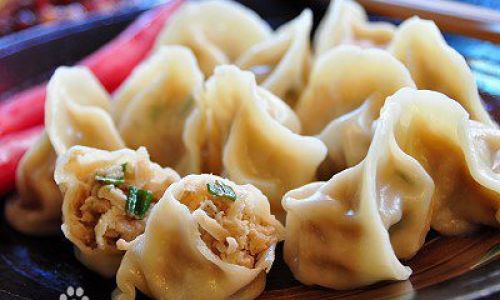
For the Dough:
- 3 cups all-purpose flour (plus extra for dusting)
- 1 cup warm water (approximately 100–110°F or 38–43°C)
- 1/2 teaspoon salt
For the Filling:
- 1 large daikon radish (about 1.5 pounds or 680 grams), peeled and grated
- 1 cup shredded carrots
- 1 cup finely chopped shiitake mushrooms (dried or fresh)
- 1/2 cup firm tofu, crumbled
- 1/4 cup chopped green onions
- 3 garlic cloves, minced
- 1 tablespoon fresh ginger, grated
- 2 tablespoons soy sauce (or tamari for gluten-free)
- 1 tablespoon sesame oil
- 1 teaspoon white pepper
- 1 teaspoon sugar
- Salt to taste
- 2 tablespoons vegetable oil (for sautéing)
For Assembly and Cooking:
- 40–50 dumpling wrappers (store-bought or homemade)
- 1/4 cup water (for sealing dumplings)
- Neutral cooking oil (for pan-frying, if desired)
For the Dipping Sauce (Optional):
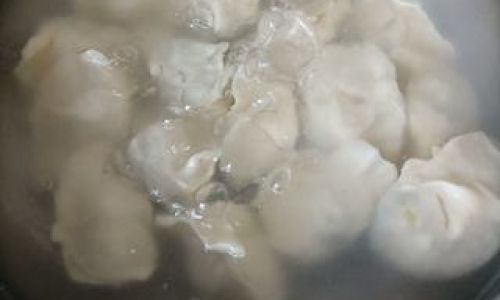
- 1/4 cup soy sauce
- 2 tablespoons rice vinegar
- 1 teaspoon chili oil or sriracha
- 1 teaspoon sesame seeds
- 1 garlic clove, minced
Step 1: Preparing the Dough
The dough is the foundation of any dumpling. While store-bought wrappers are convenient, homemade dough offers a superior texture and allows customization.
- Combine Flour and Salt: In a large mixing bowl, whisk together the flour and salt. Create a well in the center.
- Add Warm Water: Gradually pour the warm water into the well, stirring with chopsticks or a fork until a shaggy dough forms.
- Knead the Dough: Transfer the dough to a lightly floured surface. Knead for 8–10 minutes until smooth and elastic. The dough should feel springy and slightly tacky but not sticky. If it sticks, add flour one tablespoon at a time.
- Rest the Dough: Shape the dough into a ball, wrap it in plastic wrap, and let it rest at room temperature for 30–60 minutes. Resting allows the gluten to relax, making the dough easier to roll.
Step 2: Preparing the Filling
The key to a great filling lies in balancing flavors and textures. Daikon radish releases moisture when cooked, so salting and draining it beforehand prevents soggy dumplings.
- Salt the Daikon: Place the grated daikon in a colander, sprinkle with 1 teaspoon of salt, and toss to combine. Let it sit for 15–20 minutes to draw out excess moisture. Squeeze the daikon firmly to remove liquid, then pat dry with paper towels.
- Sauté Aromatics and Vegetables: Heat vegetable oil in a large skillet over medium heat. Add the minced garlic and ginger, stirring for 30 seconds until fragrant. Add the shredded carrots and mushrooms, sautéing for 3–4 minutes until softened.
- Combine Ingredients: In a large mixing bowl, combine the drained daikon, sautéed vegetables, crumbled tofu, green onions, soy sauce, sesame oil, white pepper, sugar, and a pinch of salt. Mix thoroughly. Taste and adjust seasoning as needed.
Step 3: Assembling the Dumplings
Dumpling assembly requires patience and practice, but even imperfect shapes will taste delicious.
- Prepare the Workspace: Line a baking sheet with parchment paper and dust it lightly with flour. Fill a small bowl with water for sealing.
- Roll the Dough (if making homemade wrappers): Divide the rested dough into four equal pieces. Roll each piece into a log, then cut into 1-inch segments. Flatten each segment with your palm and roll into a thin, circular wrapper using a rolling pin. Keep unused dough covered to prevent drying.
- Fill and Seal: Place 1 tablespoon of filling in the center of a wrapper. Dip your finger in water and moisten the edges of the wrapper. Fold the wrapper in half to form a half-moon, then pinch the edges together to seal. For a decorative touch, create pleats by folding small tucks along the sealed edge.
Step 4: Cooking the Dumplings
Dumplings can be boiled, steamed, or pan-fried. Each method offers a unique texture: boiled dumplings are soft, steamed are delicate, and pan-fried (potstickers) have a crispy base.
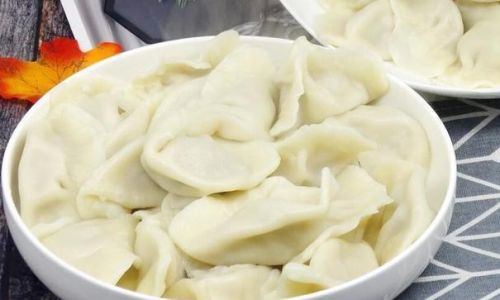
Boiling Method:
- Bring a large pot of water to a rolling boil. Add a pinch of salt.
- Gently place dumplings in the water, stirring briefly to prevent sticking.
- Cook for 6–8 minutes until they float to the surface. Remove with a slotted spoon.
Steaming Method:
- Line a bamboo steamer with parchment paper or cabbage leaves.
- Arrange dumplings in a single layer, leaving space between them.
- Steam over medium heat for 12–15 minutes until tender.
Pan-Frying Method (Potstickers):
- Heat 1 tablespoon of oil in a non-stick skillet over medium heat.
- Arrange dumplings in the pan and cook for 2–3 minutes until the bases are golden.
- Pour 1/4 cup of water into the pan, cover, and steam for 6–8 minutes. Uncover and cook until the water evaporates and the bases crisp.
Step 5: Serving and Pairing
Serve dumplings hot with dipping sauce. For a complete meal, pair them with pickled vegetables, stir-fried greens, or a bowl of miso soup.
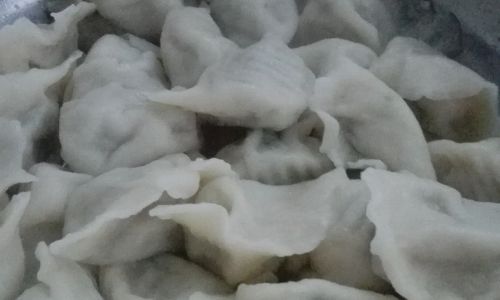
Tips for Success
- Prevent Soggy Wrappers: Ensure the filling is as dry as possible before assembling.
- Freeze Extras: Arrange uncooked dumplings on a baking sheet, freeze until solid, then transfer to a freezer bag. Cook directly from frozen, adding 2–3 minutes to the cooking time.
- Experiment with Flavors: Add ingredients like wood ear mushrooms, glass noodles, or cilantro to the filling for variety.
Health Benefits of Daikon Radish Dumplings
Daikon radish is low in calories but rich in nutrients, aiding digestion and boosting immunity. Combined with vegetables and tofu, these dumplings provide a balanced meal rich in protein, fiber, and vitamins.
Conclusion
Making daikon radish and vegetable dumplings is a labor of love that rewards you with a plate of culinary artistry. Whether you’re celebrating a special occasion or craving a comforting meal, this recipe offers a gateway to the flavors of China. With practice, you’ll master the art of dumpling-making and impress guests with your skills. So gather your ingredients, roll up your sleeves, and embark on this delicious journey!
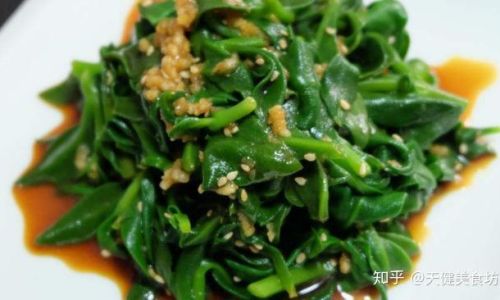

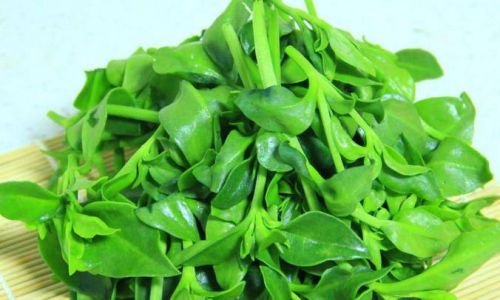


0 comments